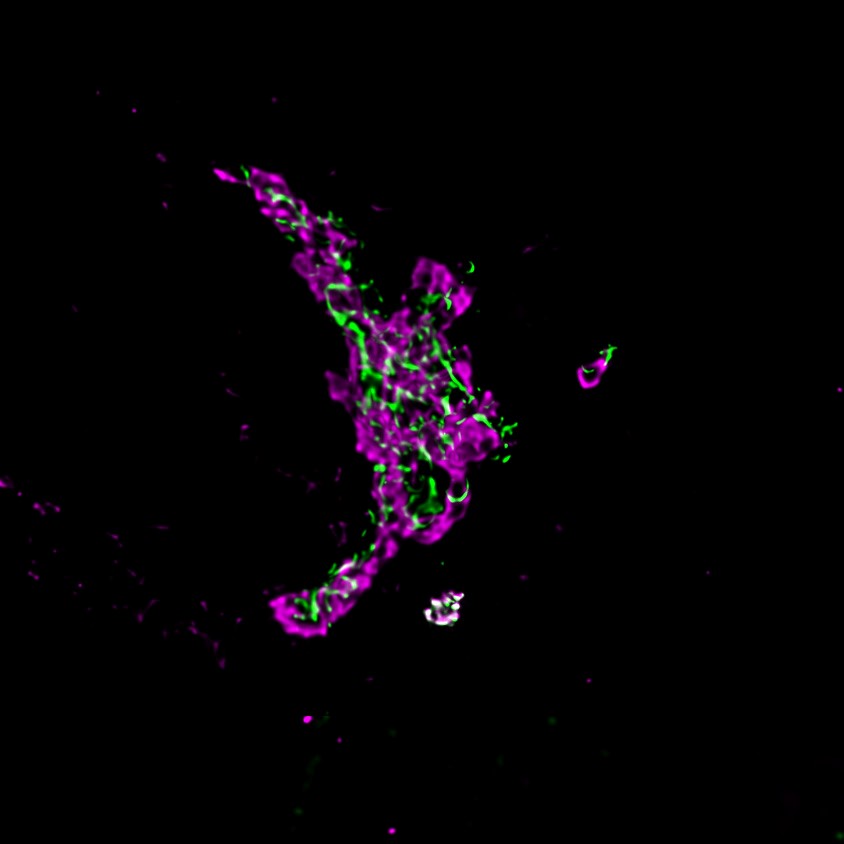Golgi Membrane Morphology and Dynamics
Cell Biophysics & Physical BiologyProject description
he Golgi complex is the central organelle of the secretory pathway, where secretory proteins are sequentially glycosylated along the different cisternae, after which fully glycosylated proteins are exported in membrane-bound transport carriers for secretion. Sequential glycosylation is guaranteed by the polarized distribution of the enzymes along the Golgi stack. Thus, early acting glycosylation enzymes are concentrated in the cis cisternae, whereas late acting enzymes reside in the trans cisternae. What is the mechanism that ensures that only fully processed proteins are secreted? It seems that the Golgi membranes need to be laterally compartmentalized into regions that present the optimal microenvironment to efficiently promote these two different functions of the Golgi complex in a tightly regulated and hierarchical manner. In particular, export domains set the grounds for transport carrier formation (budding and fission), whereas protein processing occurs in enzymatic domains. However, due to their intrinsic dynamic character and small size (intra-Golgi vesicles have a uniform size of 60-90 nm, and enzymatic domains are probably even smaller), experimental accessibility to such functional membrane domains has been challenging.
A long-standing question in the field is how cargoes progress along the Golgi stack during protein transport (at export domains), while they are processed by Golgi-resident enzymes (at enzymatic domains). This problem can be split into two separate albeit interdependent questions: (i) what are the mechanisms of intra-Golgi membrane traffic? And (ii) how do Golgi-resident proteins separate from secretory cargoes after they functionally interact?
ICFO groups associated with the project
ICFO publications associated with the project
-
Sphingomyelin metabolism controls the shape and function of the Golgi cisternae
F. Campelo, J. van Galen, G. Turacchio, S. Parashuraman, M.M. Kozlov, M.F. García-Parajo, and V. Malhotra,eLife, vol. 6, 2017.
External collaborations
Prof. Vivek Malhotra (CRG, Barcelona, Spain); Dr. Yuichi Wakana (Tokyo University of Pharmacy and Life Science, Tokyo, Japan)
Funding
MINECO Severo Ochoa, Fundacio Privada CELLEX Barcelona, MINECO BFU2015-73288-JIN.

